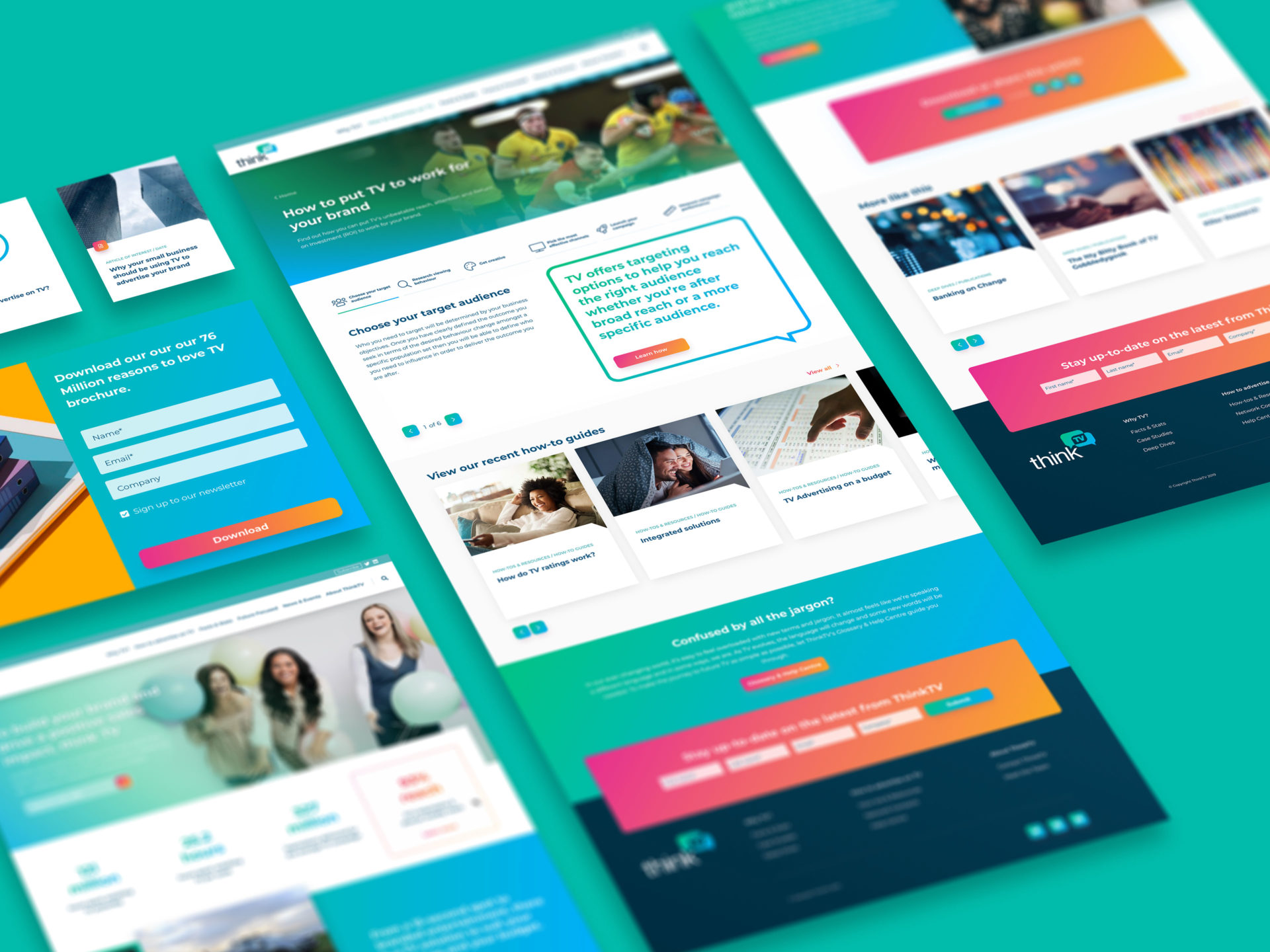Choosing the right car is everything… the same goes for websites and Web Apps.
Quick question – assuming you needed to purchase a vehicle, would you rather drive a supercar, a hatchback or a tractor? Our natural impulse might draw us towards the vehicle with the highest perceived market value, quality, street cred or even the most glamour but then, once sanity prevails, we should ask some qualifying questions:
- What would I use it for?
- Where do I live?
- Do I have any other vehicles at my disposal?
This is logic, it makes sense and it’s what most people would do. Now let’s think about websites or Web Apps. From experience and smatterings of anecdotal evidence gathered over the past two decades helming BJM Digital, I can confirm that a fair proportion of business people (owners, heads of commercial, marketing or manufacturing) open with, “we need a website, something that looks good and represents our business… please”. “Oh and here’s our budget.”
To be fair, in the same way we know what we need from our car purchases, clients know, deep down, what they need the website to do in order to add significant value but there’s something blocking that neural pathway. In an instant, functionality, form and features are all forgotten and suddenly they can’t work out if they should buy a hatchback or a muscle car. Something is casting a shadow over their rational decision-making mechanisms and it’s not just the… budget! It’s the perception that a website is just a website, they’re all the same and does it really matter if my business is driving a generic 3-page off the shelf template or a strategically sound custom-built site converting customers.
There’s a big dollar sign blocking my view of success and I can’t budget
Awful joke, even by Dad joke standards but this next point couldn’t be more weighty in terms of impact on your business, commercial function, perhaps even reputation. If you can’t see past the dollars you’ll be spending and see the dollars your business will be making, there may be problems more significant than the type of website you’re trying to choose.
Enough of the jokes, let’s get serious about intent, benefit and functionality
Let’s duck back to the three questions from the opening section and superimpose them over your digital solutions needs.
1. What would I use this vehicle/website for?
This question really heads to the heart of the matter by asking what do I want this website to help me achieve? Let’s also factor in user experience (leather seats, 6-speed manual, turbo, matt exterior…) but only in as far as it helps users/clients perform the tasks that will help them achieve goals and not add something we don’t even need. Factoring that last clause into the equation may mean that the digital solution calls for a hardy, pragmatic, fully integrated ERP, CRM and data feed that can handle thousands of unique transactions per hour. Oh, okay so we need an earthmover not a classic Italian, “statement” sports car – more like an excavator or perhaps an iron-ore truck. Horses for courses so to speak.
2. Where do I live?
Hollywood Hills where everyone drives beautiful and expensive cars or perhaps the South Pacific island of Rarotonga where it’s far easier to negotiate the island ring road on a scooter. Operating environment is key, expectations of your brand are key and again, both of these factor into the all-important user experience which feeds directly into reputation and brand value. Intuitively and instinctively, we know all this but again, it’s hard to see the important things because we’ve got that dollar sign blocking our view or a pre-conceived idea of what vehicle we thought we needed/wanted.
3. Do I have any other vehicles at my disposal?
Assertiveness is great, complete openness is even better and it helps us gain a fuller picture of requirements, value-add opportunities and (wait for it) alternatives. Oftentimes, we say yes to a particular vehicle because we just assumed that it would fit the bill (literally and figuratively), perhaps someone we know got one and told us that’s what we needed. Yet it never occurred to us that we could have opted for a fleet of stylish mopeds over the garish, cumbersome minibus being fitted out to carry extra food deliveries to hungry customers. Again, we tend to lose sight of the all-important objectives and get lost in the specs, the options and of course the BUDGET! Placing budget to one side for a moment allows everyone room to think functionality, efficiency, ways of working, impact, nett benefit and other commercially alluring terms.
Budgets are important but so is effectiveness. Allocation of, and effective distribution of the right budget with complete open transparency, that’s the key here. You will also get a better digital outcomes if, at least for a while, you are able to look past the budget because that is where sustainable growth is hiding in plain sight – and that’s the bottom line.
Posted
by Ben McIntyre
© BJM Digital 2020 16/663 Victoria Street Abbotsford VIC 3067 03 9421 4747
 Blog
Blog






